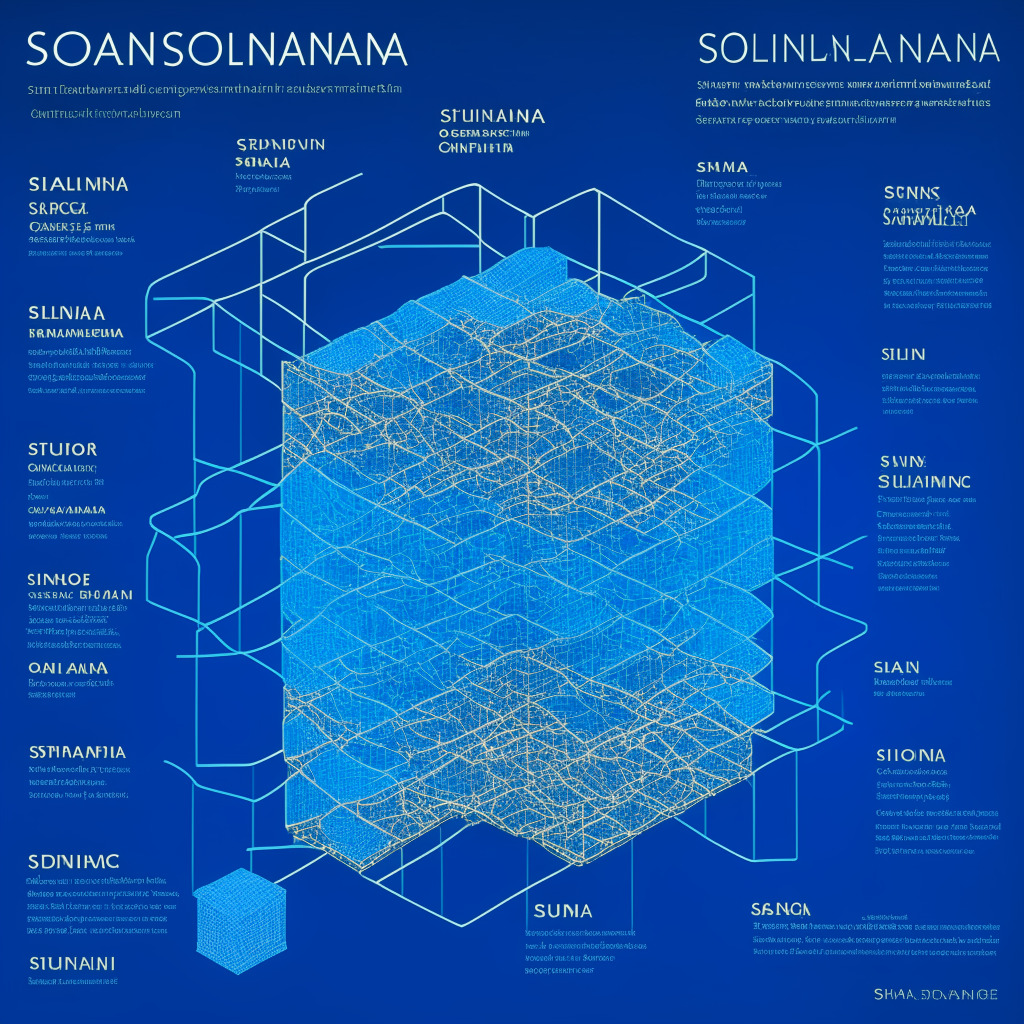Recent experiments by France, Singapore, and Switzerland mark latest strides towards the future of finance with cross-border Central Bank Digital Currencies (CBDCs). This venture, dubbed Project Mariana, was supervised by the Bank for International Settlements (BIS) and used distributed finance (DeFi) technology concepts on a public blockchain for the mock trading and settlement of hypothetical national digital currencies. Despite the trial being branded successful, it’s noteworthy that further investigation and iterations are needed.
The technology utilized in Project Mariana featured an innovative concoction of a common token standard, seamless CBDC transfer bridges, and an Automatic Market Maker (AMM) for automatic settlement of spot foreign exchange transactions. The endeavor, however, doesn’t necessarily indicate the issuance of a CBDC or endorsement of a particular DeFi solution, but rather serves towards understanding the intricacies of implementing such systems.
While the project is experimental, its necessity stems from the lack of clarity in national legal frameworks, where Central Banks might not hold the right to issue a CBDC. BIS, nonetheless, continues as a principal motivator for cross-border CBDCs testing. Other notable pilots include Hong Kong and Israel’s Project Sela as well as Hong Kong’s expansion of Project mBridge, now involving Chinese, Thai, and United Arab Emirates central banks.
It’s worth taking the results with a grain of skepticism, as alongside the aforementioned developments, there lurk contradictory scenarios. , a platform for earning and borrowing over 30 different cryptocurrencies, faced bankruptcy challenges and a $2 billion worth of Bitcoin and Ethereum return directive to creditors. Bankruptcy was not unique to Celsius, similar fate befell upon BlockFi, another crypto lending platform, whose repayment to creditors is contingent on its legal brawl against other bankrupt cryptocurrency institutions.
As we navigate these turbulent waters where each new venture reveals both promise and challenges, one thing is for certain: the road to a future of digital currencies is a rocky but exciting one. Whether the wave of digitization sweeps over the very foundation of traditional financial systems or is repelled to the fringes, only time will tell. One thing is for sure, though, as we edge closer to a global digital currency consortium, the ripples of these trials will be felt across the financial world for years to come.
Source: Cointelegraph




